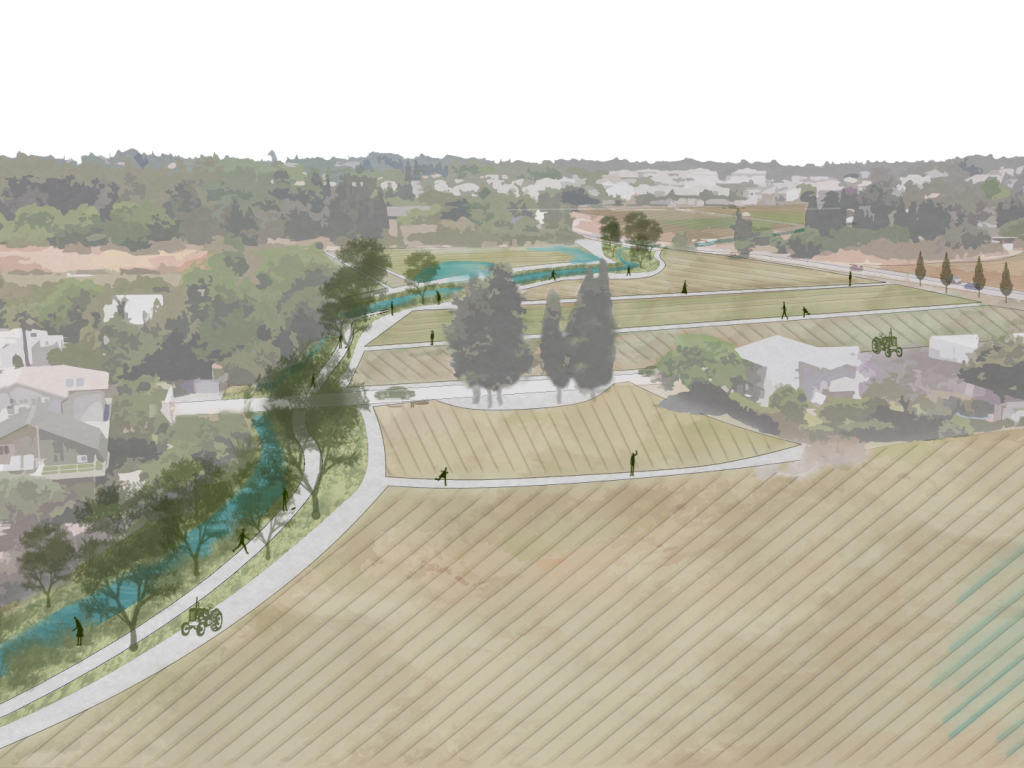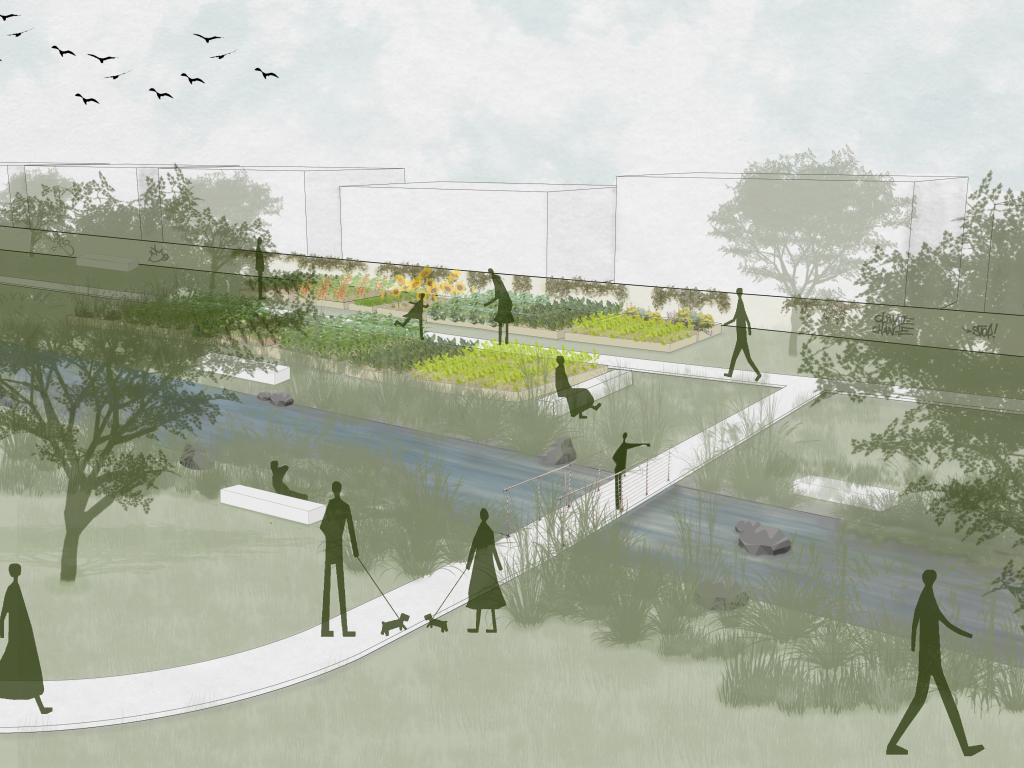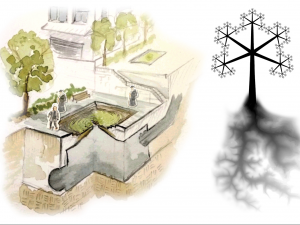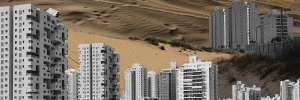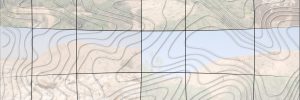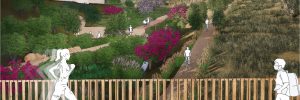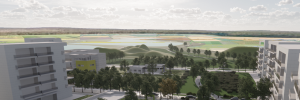Agricultural urbanization
Agriculture in Israel is disappearing. In recent years an accelerated urbanization process can be observed in the central part of the coastal plain. The urban areas are growing and there is a migration of residents from the rural to the urban communities, which is characterized by the abandonment of the agriculture industry and the transition to the industrial and commercial industries. Accelerated urban development and intensive construction are causing excess runoff in the city due to a reduction in land areas that allow water to seep into the ground. Climate change is also a significant factor adding to the drainage problems in the city – the intensity of precipitation falling in extreme events increases and their frequency increases, a process that also affects the flow regime in streams. These changes mean an increase in floods and flooding across the country.
The city of Hod Hasharon clearly expresses these issues. In the 1920s, members of the Fourth Aliyah who sought to engage in agriculture settled in southern Sharon. The area was attractive because it was close to Tel Aviv, which was a developing urban center in need of agricultural produce and because it was suitable for the development of the citrus industry, which is considered a promising industry. The Hod Hasharon municipality now has four agricultural colonies, which over the years have grown, expanded and in 1964 were merged into the Hod Hasharon local council, which was declared a city in 1990. The physical boundary to the south is Nahal Hayarkon and within the city flow four tributaries of Nahal Hayarkon: Nahal Kana, Nahal Hadas, Nahal Hadar and Nahal Pardes. Unlike neighboring cities, Hod Hasharon still owns many open areas and agricultural areas, some of which are located in the city center, and some of which have been thawed for construction. The development and expansion of the city caused the disappearance of the agricultural character that was identified with Hod Hasharon and its residents. Also, massive construction and climatic phenomena present the city with a recurring problem of floods and floods that pose a threat to human life and property.
The project proposes to preserve the function of the agricultural areas in the city center in the drainage basin of Nahal Hadar, which runs through the city from north to south, in order to deal with the problems of the municipal runoff and the change in the flow regime of the river. The agricultural areas, along with their agricultural use, will also function as areas for regulating and staying water in the event of an expected flood in Nahal Hadar and in cases of excess runoff from the sub-basin neighborhoods. The project also offers planning solutions that will enable the renewal of the connection between the local community and its agricultural heritage and the preservation of the unique agricultural landscape that characterizes Hod Hasharon. Treatment of the tributaries of the Yarkon River, especially in the urban area, will help prevent floods and floods down the river and enrich the water economy in Israel.




